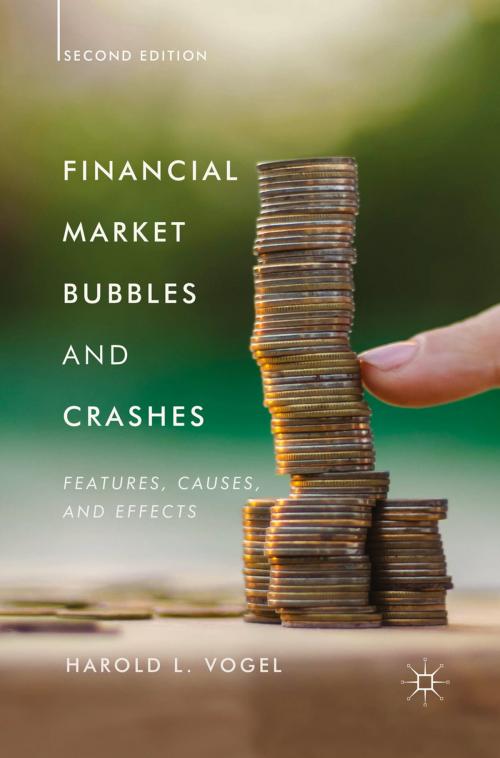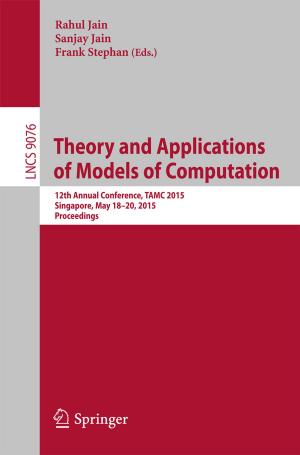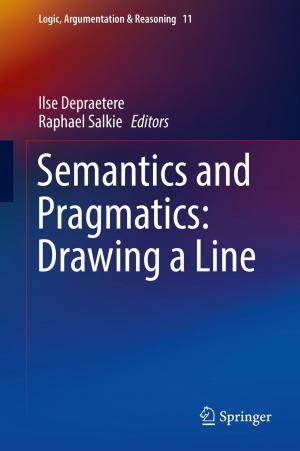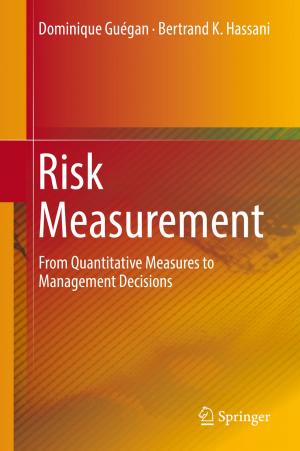Financial Market Bubbles and Crashes, Second Edition
Features, Causes, and Effects
Business & Finance, Economics, Econometrics, Economic History, Finance & Investing, Finance| Author: | Harold L. Vogel | ISBN: | 9783319715285 |
| Publisher: | Springer International Publishing | Publication: | August 16, 2018 |
| Imprint: | Palgrave Macmillan | Language: | English |
| Author: | Harold L. Vogel |
| ISBN: | 9783319715285 |
| Publisher: | Springer International Publishing |
| Publication: | August 16, 2018 |
| Imprint: | Palgrave Macmillan |
| Language: | English |
Economists broadly define financial asset price bubbles as episodes in which prices rise with notable rapidity and depart from historically established asset valuation multiples and relationships. Financial economists have for decades attempted to study and interpret bubbles through the prisms of rational expectations, efficient markets, and equilibrium, arbitrage, and capital asset pricing models, but they have not made much if any progress toward a consistent and reliable theory that explains how and why bubbles (and crashes) evolve and can also be defined, measured, and compared. This book develops a new and different approach that is based on the central notion that bubbles and crashes reflect urgent short-side rationing, which means that, as such extreme conditions unfold, considerations of quantities owned or not owned begin to displace considerations of price.
Economists broadly define financial asset price bubbles as episodes in which prices rise with notable rapidity and depart from historically established asset valuation multiples and relationships. Financial economists have for decades attempted to study and interpret bubbles through the prisms of rational expectations, efficient markets, and equilibrium, arbitrage, and capital asset pricing models, but they have not made much if any progress toward a consistent and reliable theory that explains how and why bubbles (and crashes) evolve and can also be defined, measured, and compared. This book develops a new and different approach that is based on the central notion that bubbles and crashes reflect urgent short-side rationing, which means that, as such extreme conditions unfold, considerations of quantities owned or not owned begin to displace considerations of price.















